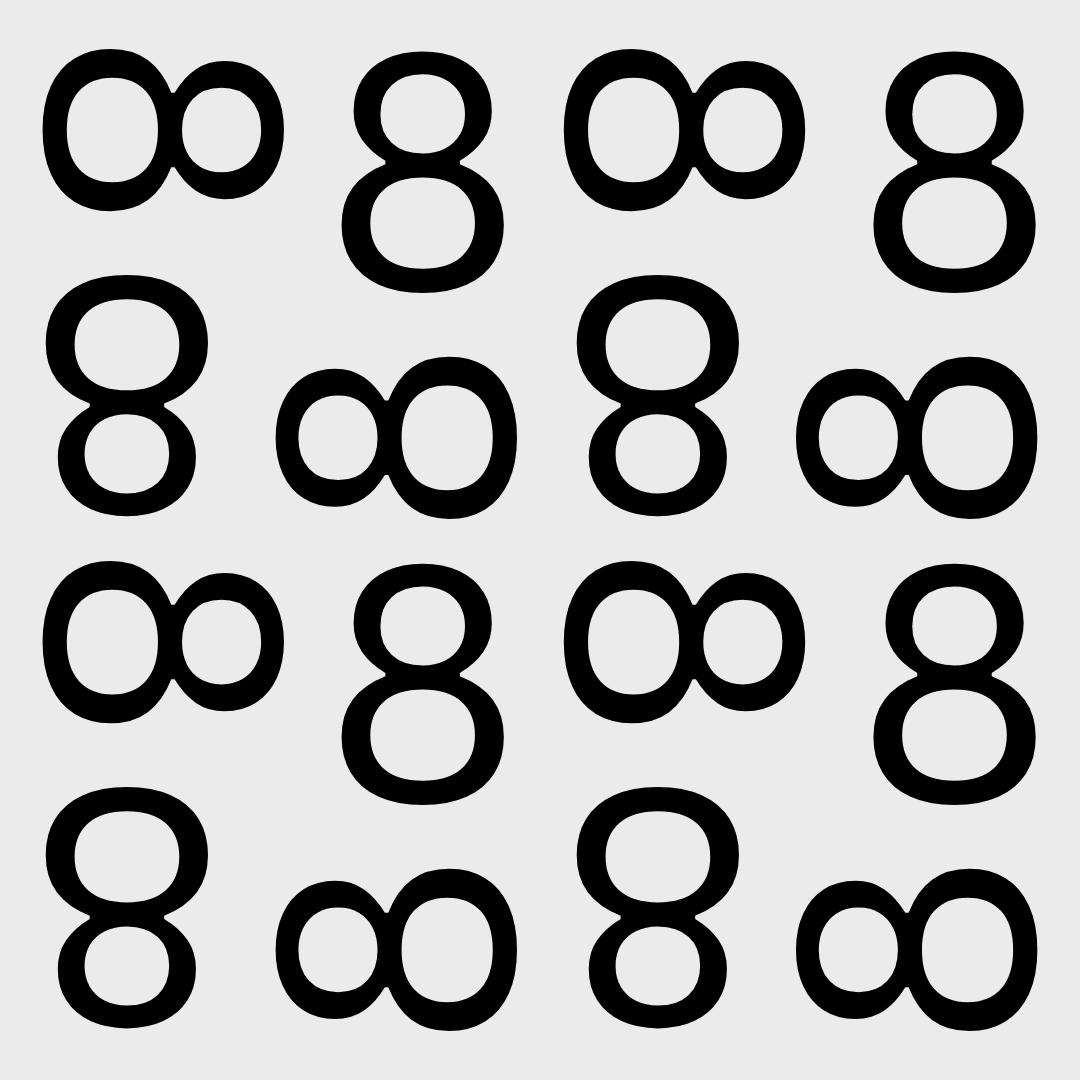
The Myth of Originality
The concept of everything having already been invented is deeply rooted in the notion of originality as an absolutely new invention. History seems to prove, though, that most "novel" inventions and ideas are often nothing but a mix or evolution of previous creations.
For example, the creation of the smartphone was not a stroke of genius but an act of building upon previous technologies developed over a couple of decades in fields like telecommunications, computing, and user interface design. Likewise, modern-day art movements often find their inspiration in earlier styles, reimagining them for contemporary audiences. Originality, then, is often not about newness but about reinterpretation and recontextualization of something that has already existed.
The Power of Reinterpretation
1. Innovation through Combination
The most important breakthroughs often consist of taking two or more existing ideas and putting them together in some unexpected combination. This is how innovation often works: The automobile took the steam engine and the horse-drawn carriage and blended them in a way that no one else imagined; most startups in the digital era create value not by inventing new technologies but by applying the same ones in unique ways to solve everyday problems.
Once we concede that everything we could ever need is already at our fingertips, we release ourselves from the stress of pursuing the elusive "new" and can work with creative combinations and reimaginings.
2. Rediscovering the Old
Sometimes, the way forward lies not in invention but rather in rediscovery. Ideas and practices thought to be obsolete or out of date often find rebirth in new contexts. Consider sustainable practices alone: composting, zero waste, and local sourcing are all centuries-old methods finding their modern applications as solutions to today's environmental concerns.
Just like fashion, architecture, and art, trends often circle back through former styles; they are mutated to adapt for newer generations. That is the beauty of such processes-they allow us to connect to the past while being relevant in the present.
The Creative Mindset
1. Seeing Possibilities EverywhereBut creativity needn't always be about creating something from scratch. It really often is about finding the potential within the existing. If we start to contemplate the world as a mixture of raw materials that are only waiting to be reshaped, it then becomes self-evident that there can never be too many possibilities for creation. For instance, a painter might well get his inspiration from classic masterpieces, but then he uses them merely as a starting point for something personal and original. The chef takes recognizable ingredients and leverages them in unexpected combinations to elevate a common dish into fine art.
2. Reframing the Ordinary
Sometimes, the most revolutionary ideas are born from rethinking the ordinary. It's all about a shift in perspective. Take the most mundane of objects or concepts and ask them, "What if?"
What if they were used differently?
What if they combined with something else?
What if they were adapted to fit modern needs?
Take, for instance, Uber: the concept of ride-sharing was nothing new, but as long as it had cabs running the service, Uber reconciled it with technology to make things easier on and more accessible to the common consumer.
Conclusion: Making in a Saturated World
It might seem as if everything has already been invented, but in fact, the world is full of unuttered possibility. To be original doesn't necessarily mean one has to invent something entirely new; sometimes it just means taking the existing and observing it with a different attitude. That's where we find space for new creation: reinterpretations, combinations, and rediscoveries. Everything may exist in the world, but it is us who must make them plausible, useful, and inspiring. Creativity doesn't involve starting from scratch; rather, it deals with making connections that nobody else has seen.